Hairstyles
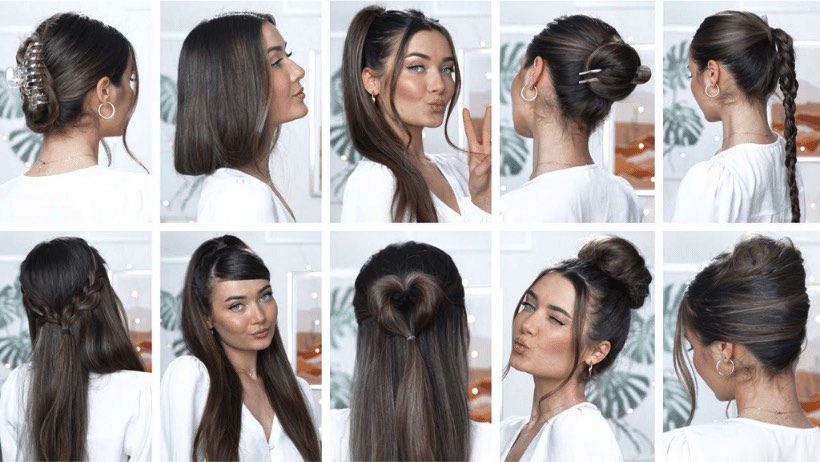
Hair types and styles
Genetics determines the type of hair you have. Heat and chemicals can alter your curl pattern – hairstyles, and hormones and medications can change your curl pattern somewhat, but your basic curl pattern is inherited from your parents. The genetic characteristics of your hair are reaffirmed each time it grows. →
Oprah Winfrey’s stylist for decades, Andre Walker, devised a system that categorizes hair according to four curl patterns:
- Type 1 – Straight hair
- Type 2 – Wavy hair
- Type 3 – Curly hair
- Type 4 – Coily hair
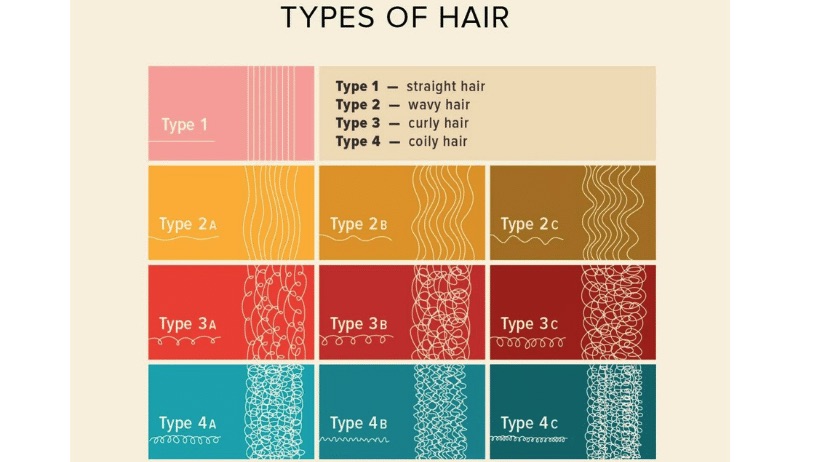
Curls and coils are further divided into subcategories based on their tightness or looseness. Although it may seem simple, defining human characteristics isn’t easy.
Your crown could be type 4C and your temples could be type 4A. You may have straight hair at the root and wavy hair at the ends. Knowing what each type needs is the key to styling it well and maintaining its health.
There are further subcategories based on the tightness or looseness of the curls and coils. In spite of its simplicity, it isn’t as simple as most attempts to define human characteristics. →
The best way to style and care for your hair type
Type 1: Straight
Type 1A
The hair of type 1A is 100% straight. This is a flat, straight surface with no hint of curl or wave. Thinness is another characteristic of type 1A hair. The strands of type 1A hair are extremely fine, so they easily fall out or shed. This texture has the advantage of maintaining its shine effortlessly. Rain or shine, it maintains a consistently silky texture.
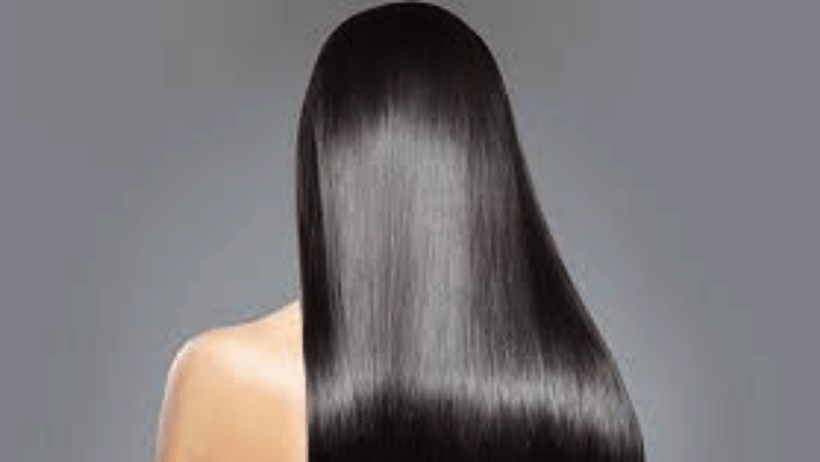
There is a specific routine for each type of hair. Type 1 hair tends to be oily, so many stylists recommend checking the label to make sure the product you’re buying won’t add extra oil to your hair. Type 1A hair, which is naturally fine, tends to get greasy roots faster than other hair textures. In order to remove these excess oils and prevent itchiness and limpness, shampoo daily or every other day. Hair types 1A benefit most from pre-shampoo strengthening and moisturizing treatments.
Type 1B
Despite being consistently straight, type 1B hair tends to have slightly more volume and body than type 1A hair. There is a subtle bend or wave to type 1B hair, even though its overall appearance is smooth and straight.
With its medium-thick texture, each strand is easy to handle and hold. As type 1B hair has a thicker texture than type 1A, products can build up and make the hair and scalp greasy. Oily hair can overshadow the brilliant straight texture of type 1B hair without the right tools and products.
We recommend the same for both styles 1 and 2. Serums and butter should be avoided. Instead, texture sprays are recommended for straight or fine hair. It is also a good idea to use dry shampoo. People with straight, oily hair benefit from dry shampoo because washing their hair too often can cause their scalp to overproduce oils.
Type 2: Wavy hair
Type 2A
Type 2 hair is naturally tousled and gentle. Your hair is fairly straight from the roots to around eye level. From eye level to the ends, you have a loose, undefined wave. Avoid oil-based or creamy products if you want to avoid flattening that wave. To define those waves, stylists recommend boosting the base with a light mousse or gel.
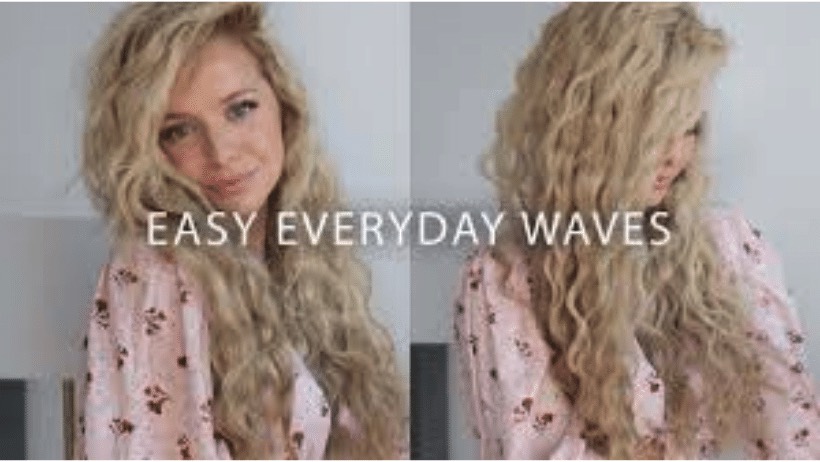
Defining and enhancing your 2A waves while avoiding product buildup is the key to getting the smooth texture you desire. Lightweight hair serum can help you achieve this. Serums impart shine, smoothness, and hydration without looking oily or sticky. You can make the texture of your waves appear more uniform by coating your hair cuticles with just a dime-size amount of product.
Type 2B
The hair of type 2B curls from the midpoint to the ends, just as it does with type 2A. Curls have a more defined S shape. With a spritz of salt spray, you can create that beachy look with little effort. In balayage, stylists hand-paint color on the outer layer of hair with type 2B.
There is something glorious about 2B hair. The problem is that if you don’t use the right products every day, it can turn into a messy bun or hat day. Depending on how often you wash your hair and how much styling product you use between washes, you might need a legitimate shampoo to cleanse your scalp and strands. Specifically formulated for 2B hair, this shampoo works well. In addition to controlling frizz, it has an oil-based formula that works as a detangler, smoother, and shine enhancer. In addition, it protects against humidity as well.
Type 2C
Type 2C waves are the most well-defined S-shaped waves. Waves may begin near the crown and tumble downward. The hair of type 2C is usually thick and prone to frizz in damp weather. There are plenty of benefits to having 2C hair. Type 2C hair is thick and voluminous due to its dense natural texture. You can pull, dampen, or blow-dry it without losing its shape.
You can eliminate frizz by using a diffuser, a toothy device that snaps onto the end of your blow dryer. Additionally, anti-humidity products are very helpful, especially where hard water and salt water are present. Those with 2C hair may find it frustrating to alternate between daily straightening, which can damage hair, and finding ways to enhance and control their waves. In addition to moisture, many lightweight mousses now contain anti-humidity ingredients. →
Type 3: Curly hair
Type 3A
S-shaped curls form loose loops in type 3A hair. The spiral curls of type 3A hair are typically the size of sidewalk chalk and are well-defined. Although 3A curls have a wider circumference than 3B and 3C curls, it can be difficult to distinguish between them. Straight hair types seem to have it easier on some days than curly hair types – just shampoo, condition, rinse, and repeat. However, no hair type is perfect. However, it should be viewed positively. With 3A hair, you don’t need a curling iron or blow dryer to achieve voluminous curls.

Type 3A hair tends to have a slightly silkier texture, making it easier to manipulate. If the porosity is not handled properly, it can also struggle with dryness. It is possible to find natural hair in a variety of textures, including 3A hair. It’s true that 3A textures aren’t usually associated with the same concerns as other types 3 or 4, but they still offer quite a bit of versatility.
Type 3B
Curls of type 3B have a circumference about as wide as a Sharpie marker barrel. 3B curls are tight and springy, like those that wrap around your finger, according to the hair typing system. Since type 3B curls fall in the middle of the type 3 spectrum, someone with type 3B curls could have a mix of 2C, 3A, 3B, and 3C curls.
Volume is abundant in curls that spring from the roots. Moisture is necessary for these ringlets to maintain their spiral shape. However, make sure your curl products don’t contain silicone or sulfates. While they may temporarily tame frizz, they can dry hair and cause breakage over time. Create and follow a comprehensive plan for daily care and protection that avoids heat as much as possible.
Type 3C
The curls are tight and springy – they would coil perfectly around a drinking straw. Take a hands-on approach to preserving the definition in these corkscrew curls. Despite strict definitions, this hair type does not always have a circumference of a pencil or straw. In order to fill the gap between 3B and 4A, 3C was created and added to the hair type chart. You will need to know how to take care of this particular type of natural hair if you fall into this category.
Hair with curly ends has a harder time retaining moisture because natural oils produced by the scalp can’t reach the hair shaft completely. If you have high or low porosity hair, this struggle just got worse. Instead of combing, use a leave-in conditioner and rake your fingers through wet hair. In an article published by the American Academy of Dermatology, it is advised to air-dry instead of using a blow dryer. Using your products in the correct order is so important for any hair type, but especially for 3C hair. This will keep your hair moisturized and nourished between washes. →
Type 4: Coils
Type 4A
Hair in 4A has an S-shaped curl pattern you could wrap around a chopstick. As far as hair types go, type 4 is the most delicate. Type 4A hair has a dense, kinky curly texture with plenty of volume. Each curl measures about the width of a crochet needle. Because the coily texture has more of an S pattern than other types 4, it shrinks much less from wet to dry. Type 4A hair experiences dryness because it has difficulty transferring oils from roots to tips, despite being less dry than other coily hair types.

Dryness can result in frizz and may require major hydration efforts to restore it to its healthiest, most defined appearance. It needs a lot of moisture, and you should be very gentle with it. In order to get moisture, you don’t necessarily have to use oils. A deep conditioning masque, butter, or cream are good options for maintaining hair health. It is the loosest and softest of all coily textures, which can be both a blessing and a curse. Even though it feels silkiest to the touch, it can become unruly if brushed or touched too often.
Type 4B
Type 4B hair has tighter curls than type 4A hair. In comparison to 4C curls, 4B curls are tighter. The 4B curls bend in a zig-zag pattern. Grab a strand of 4B hair and gently pull it downward, and you’ll see tight vertical “Z” curls. 4B hair usually shrinks up to 50-75% of its actual length compared to 4A hair.
The process of shingling begins with wet hair. Apply generous amounts of leave-in conditioner to moisturize and condition your hair after gently detangling it with your fingertips. Separate your hair into four sections. Using your index finger, twist the curling cream or gel down the length of each curl. It is common for 4B hair to be dry. It can lose its shine, tangle like a nest of birds, and form knots if it isn’t moisturized. Use leave-in conditioners or water to moisturize your hair. To keep your curls looking healthy, defined, and popping, use other moisturizing and sealing products (like shea, mango, and cocoa butter).
Type 4C
4C hair is the tightest type 4 lock due to its tight coils, sharp angles, and naturally voluminous texture. The maintenance of 4C hair can be an intimidating task, as much as we love it. You can easily damage them if you comb too rough or too often, so it’s important to frequently nourish your hair with rich conditioners. Chemical treatments and heat styling can cause breakage, dryness, and damage to this hair type.
Shea butter creams and coconut oils are still popular. Frizz and dryness can be difficult to deal with. You can never have enough softness and moisture when you have 4C hair. The problem is that hair damage over time – especially from coloring and chemical processing – can make it more difficult for it to hold onto moisture. In between shampoos, co-washes can be used to cleanse and hydrate the scalp without removing its natural oils. Since it lies between conditioner and shampoo, co-wash doesn’t contain drying alcohols and is safe to use on your roots.
Hairstyles for different hair types
Very curly tresses
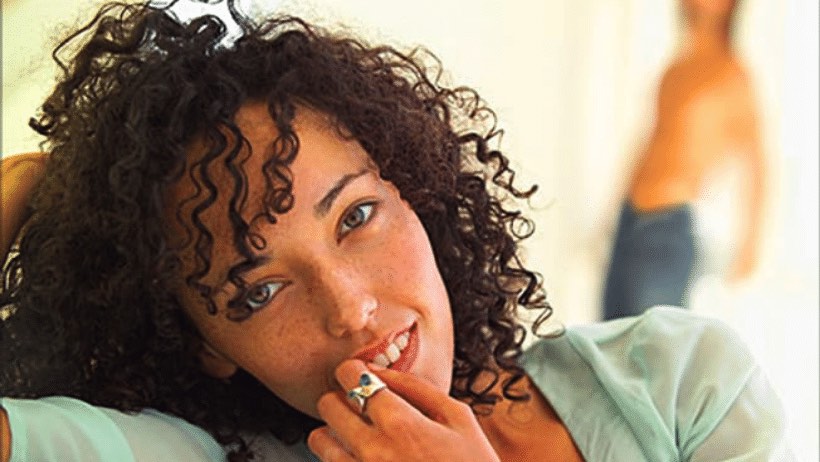
Many women have thick, curly tresses. It is difficult to manage and maintain this kind of hair. The center-parted curly hairstyle gives you some control over your hair. It is possible to create an interesting look by parting the hair.
The best way to style super-curly hair is to keep styling to a minimum. Be careful not to overdo it with products. To style your strands, all you need is a leave-in conditioner. You only need a dime-size amount. While the hair is still dripping wet, apply it evenly throughout your locks, from roots to ends. Spread the conditioner through your hair with a wide-toothed comb. You can blow dry your hair or let it air dry if you prefer. You’re good to go! Frizzy hair gets frizzier as you touch it more.
Wavy locks
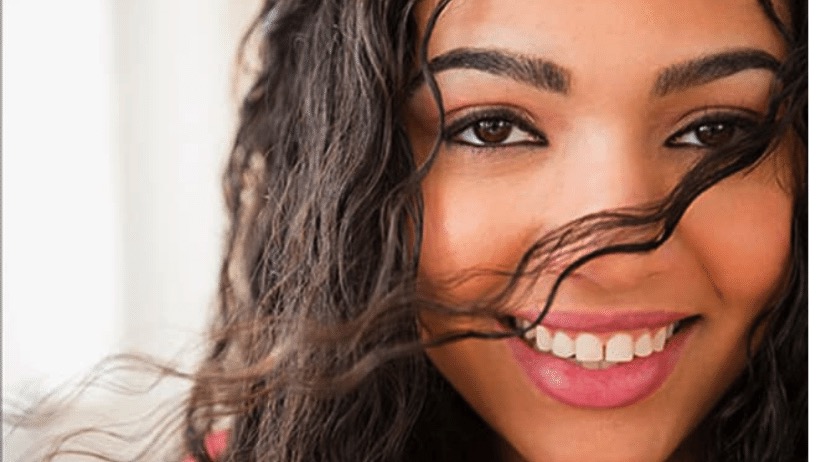
You can style your short and wavy hair in a variety of ways. Short wavy curly hairstyles are suitable for women with this type of hair texture. You can part your hair or simply brush it and let it fall on your forehead. Using a clip or twisting your hair will prevent hair from falling on your face.
Keeping your hair’s natural waves is easier than you think. Smooth a generous amount of curl cream onto still-damp strands to better define waves. Once your hair is 50% dry, attach a diffuser to your blow dryer. Using a large-barrel curling iron will enhance the wavy texture even more
Flat tresses
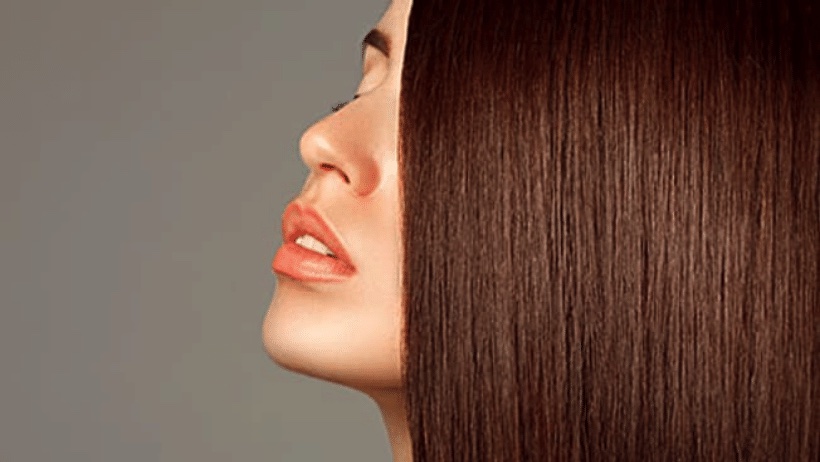
It is widely believed that more layers and angles make hair look fuller. In fact, adding too much movement to already-flat hair can make it fall limp. Keeping your hair in long pieces is the key to keeping its thickness. Don’t chop it up and thin it out with layers. Add fullness and body to strands by cutting them one length. Try a collarbone-length bob, for instance.
You can add oomph to your long locks by asking your hairstylist to cut your hair in long layers. To straight tresses, layered strands add texture and volume. In addition to the volumizing products on the market, a strategic haircut will work wonders to give your tresses a much-needed boost of volume naturally.
Chemically relaxed hair
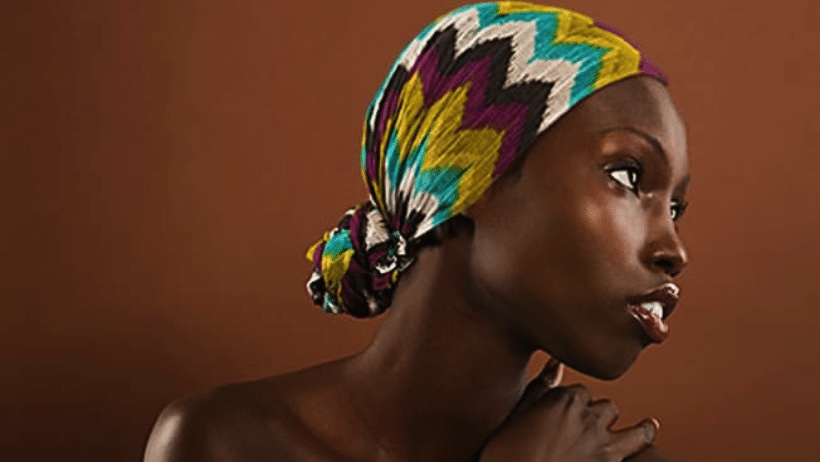
Overuse of styling tools is a surefire way to break or lose relaxed hair. Avoid blow dryers and flat irons. Wrap your hair at night and cover it with a silk scarf to keep it smooth and straight without heat. Comb all of your hair around the crown of your head until it is smooth. If necessary, secure with bobby pins and cover with the scarf.
To break disulfide bonds, chemical relaxers use extremely high temperatures and chemicals. You can then have your hair permanently straightened by your stylist. Ammonium thioglycolate, sodium thioglycolate, and sodium hydroxide are some of the chemicals used in relaxers.
Frizzy and dry hair
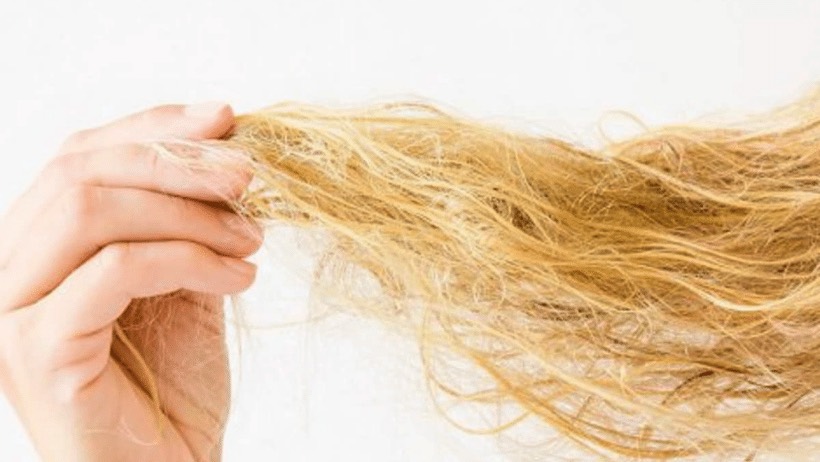
Hair that is dry and lacks moisture is prone to frizziness. It’s ironic that humid, wet weather exacerbates frizzy hair. Due to dry hair’s tendency to absorb moisture from the air, the hair’s cuticle, or outer layer, swells up instead of lying flat. Your hair’s texture or porosity, protein levels, and even your environment can significantly affect the amount of moisture it needs.
You can tame frizz while you sleep, believe it or not. For women with curly hair, experts suggest switching out their pillowcases since frizz is a major complaint. If you want to keep your curls in good condition, use a silk pillowcase rather than a cotton one. A silk pillowcase reduces friction in your hair while you sleep, and less friction means less frizz.
Greasy strands
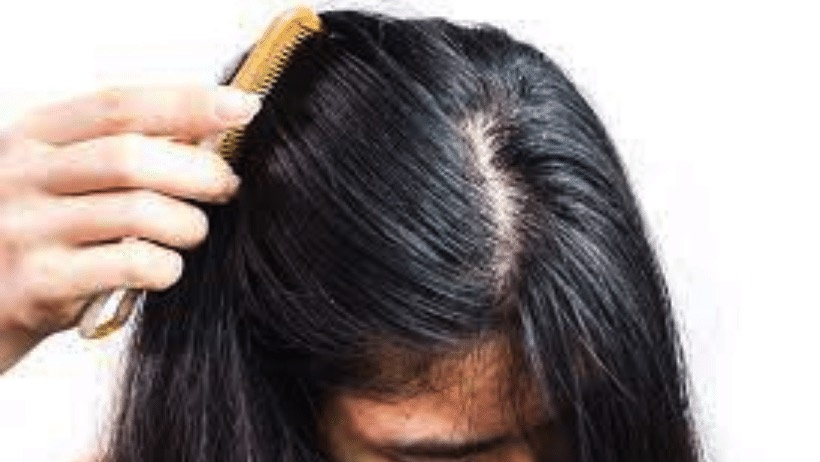
Even though not everyone has the same hair care routine, ending up with greasy hair after just washing it seems to happen more often than not. An overproduction of sebum can cause persistently greasy hair, which may indicate an underlying health issue. However, the way people wash and care for their hair, as well as the type of hair products they use, may be to blame.
As your scalp gets greasy first, apply styling products from midway down the strand to the ends only. The same applies to conditioners. Do not apply it to your roots, where your scalp naturally produces oils. Hands should not be used to touch your hair in general. Hair can look greasy sooner as a result of the natural oils on your fingertips.
Super-thick hair
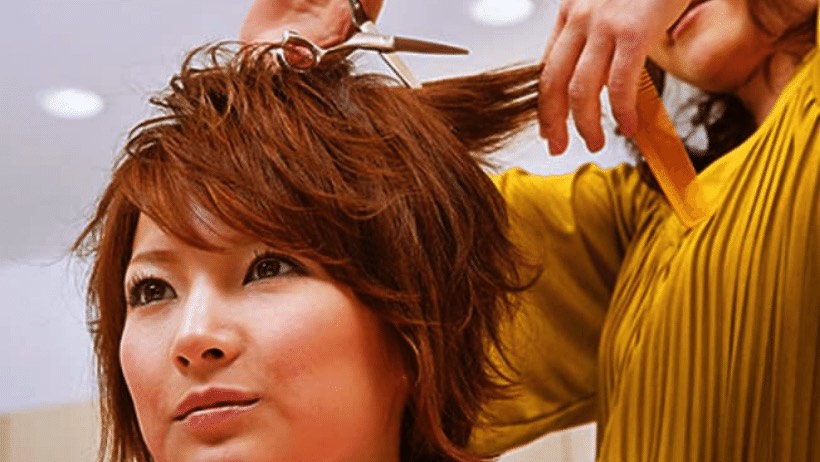
It is common for some people to have wider follicles and thicker hair strands than others. Hair texture – straight, wavy, or curly – and thickness of individual strands of hair are largely determined by genetic factors. There are different genes associated with hair texture and thickness among people from different ethnic backgrounds. In addition to genetics, hormones and age also play an important role in hair thickness.
Make the most of your thick hair. It’s important to keep locks looking groomed, not heavy. Get your hair styled with layers and angles. Give your hair some airiness and bounce by asking your stylist for “face-framing feathery layers.” To keep your mane looking its best, schedule your next few trims every 4 to 6 weeks at the salon. A lot of hair can make split ends stand out even more.
Stringy strands
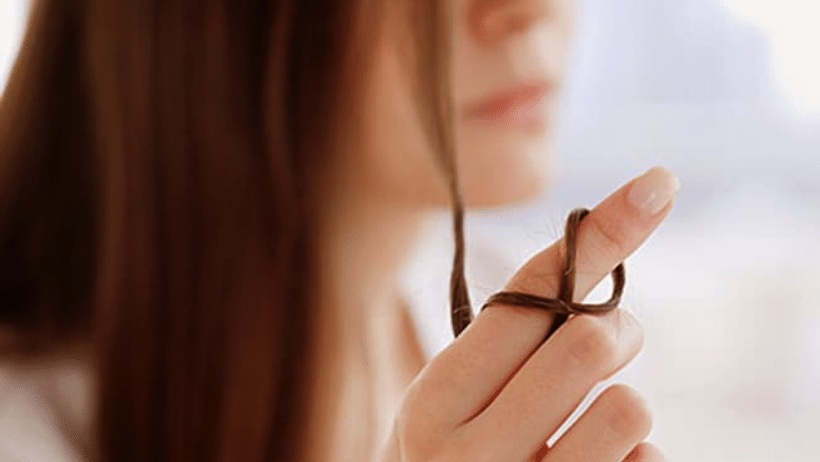
Stringy hair is usually long, fine hair that gets oily or has too much product in it, causing the strands to clump together. Even if your hair is clean, it may look greasy and lifeless. Depending on your hair type, you can style stringy hair in a variety of ways. The most common cause of stringy hair is excess oil or product. As a result of hair loss, hair may appear thinner and more stringy.
Women with stringy hair feel like they can’t go a day without washing it. However, washing your hair every day can be extremely drying. Try dry shampoo or lifting spray instead. By doing so, you can extend the time between washings. Apply dry shampoo to dry hair at the roots, then massage it in with your fingers. Finish by shaking out your hair.
Gray locks
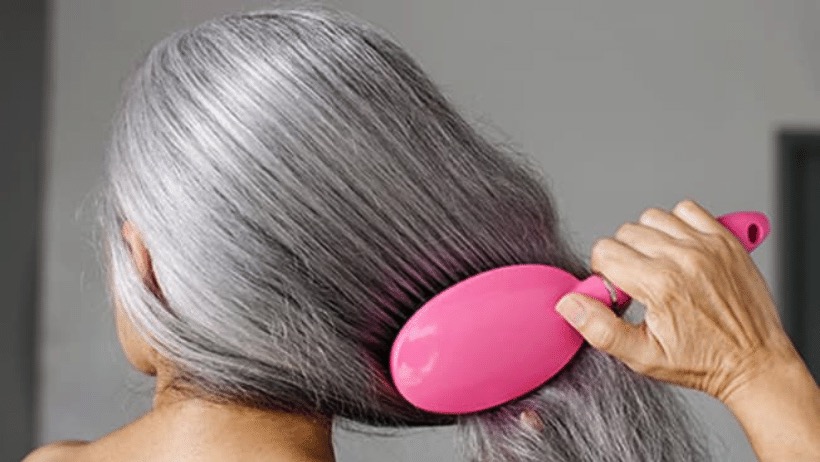
Although your genes determine the onset of gray hair and the number of grays on your head, sometimes, graying is caused by zinc or iron deficiency. So if you notice gray strands, consult a doctor or nutritionist to see if you need dietary supplements. Make sure you eat a healthy diet as well. When the hair tissues are at their lowest energy level, you should focus on proteins for breakfast and lunch. Don’t forget to stay hydrated throughout the day.
There is a tendency for gray hair to be wirier and coarser than other hair colors. Salt and pepper strands can be softened by using the right conditioners. Choose conditioners that contain avocado, flaxseed, or jojoba oils. It is possible that they will help moisturize hair. Since smoother strands reflect light better, conditioning also enhances shine.
Read also
Sources
https://www.aad.org/public/diseases/hair-loss/insider/stop-damage
https://www.webmd.com/beauty/ss/slideshow-best-style-hair-type
https://www.healthline.com/health/beauty-skin-care/types-of-hair
